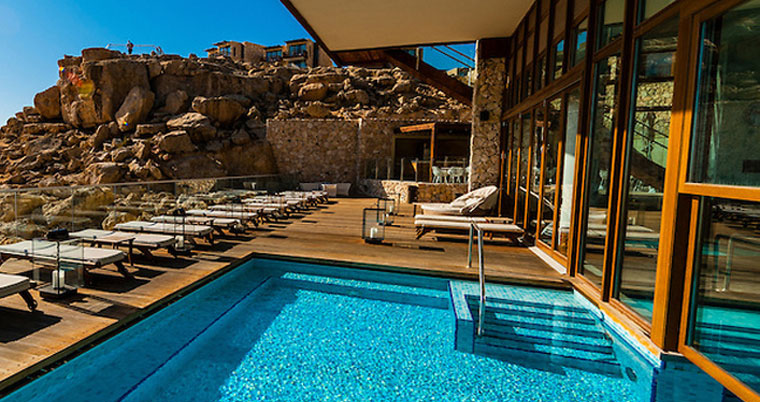Dovid HaMelech was the second king of Israel and founder of the Davidic royal dynasty. Dovid Hamelech is responsible for unifying the Jewish people, establishing Jerusalem as the capital and laying the groundwork for his son, Shlomo Hamelech to build the 1st Temple. Dovid Hamelech wrote the book of Tehillim.
Dovid HaMelech is buried in Har Tzion, a hill southwest of the temple mount, right outside the walls of the Old City. While most people visit the established Tziyun, the actual kevarim of the Kings of the House of Dovid are located in a series of large underground chambers stretching into the surrounding area. There is a tradition stating that the actual chamber containing the kever of King Dovid lies below the open field in back of the Tziyun. Some Kabbalists and rabbis preferred to pray in this location instead. The location on Har Tzion was authenticated by the holy Arizal. When the Ari immigrated from Egypt to Safed, he stood outside the walls of the Old City near Sha’ar Tzion and confirmed the location. This is brought down by Rabbi Moshe Chagiz rather than Rabbi Chaim Vital in Shaar Hagilgulim. Recent attempts by various Christian groups to take over the tomb has led to promotion of the Kever Dovid amongst Jewish groups, leading to better public awareness and more visitors to the location. There are three minyanim daily, Shacharis taking place at Netz (sunrise). A chatzot Kollel called 'Kinor Dovid' operates at the site and a large Melave Malka takes place on Motzei Shabbos.
Dovid Hamelech built the building now containing the Tziyun to house it the Aron Kadosh temporarily. It was built to line up with Har Habais, which would later house the Bais Hamikdash, whose location had been revealed to Dovid by Shmuel Hanavi years earlier as he fled from King Shaul.
The actual tombs of the Kings are located in a series of underground chambers. One of the openings to this subterranean complex is located on right side of the Tzion. In recent years, this floor entrance was covered up with tiles. Even before this, the descending steps were blocked with piles of rocks. In recent years, tests done using radars have determined that there are large underground chambers all around the vicinity surrounding the Tzion. James Berkley was an American archaeologist living in Israel during the 1850's whose daughter was friendly with the wife of the Sheik responsible for the management of the Tomb. Together with his daughter, Berkley was granted permission to enter the lower concealed chambers in the secrecy of the night. They entered the initial chamber and after emerging gave a detailed description to a professional artist who painted their portrayal on canvas. This painting is currently the property of the Israeli Ministry of Antiquities and shows a tall chamber whose walls are covered to the ceiling with green ceramic tiles. On the right side is a very large sarcophagus covered with a gold and green covering. A large ornate curtain sits on the far wall covering the entrance into the next chamber.
Yosef Purius and his son Aryeh Leib were repairmen and painters who were renown in Jerusalem as experts in plaster molding. During the 1880's they were commissioned by the Ottoman ruler to make repairs to the initial chambers under David's Tomb. Their expertise was the reason an exception was made allowing Jews in the Tomb. They were watched at all times by armed supervisors to make sure they did not enter the inner chambers. After two weeks of work, the guards had a holiday and trustingly gave the keys to the two workers. Taking advantage of the irreplaceable opportunity, Yosef and Aryeh Leib proceeded to advance through the underground infrastructure. After passing three tunnels found a large stone that had the words 'Tomb of the Kings of the House of Dovid' engraved on it. Upon moving the stone they uncovered a staircase that led to a lavish chamber with marble pillars. At the edge of the chamber was a room containing the Kever of King Dovid. Across from it was a room containing the Kever of King Shlomo and nearby a third room containing the Kever of King Chizkiyahu that had a Sefer Torah resting above it. Hanging on the room of the kever of King Dovid was a sign that said "Holy, Holy, Holy, how fearsome is this place".
During the years Jerusalem was controlled by the Turks, Jews were not allowed to enter the Tomb of the House of Dovid. Rabbi Yosef Chaim, the Ben Ish Chai laments this fact in the song he composed for King Dovid when he tried reaching the Tzion on his visit to Eretz Yisroel.
Hillula of King Dovid The Yahrzeit of King Dovid takes place on Shevuot, the 6th of Sivan. Thousands of people visit the Kever throughout the holiday to pray and say Tehilim, many stooping by on their way to the Kotel.;






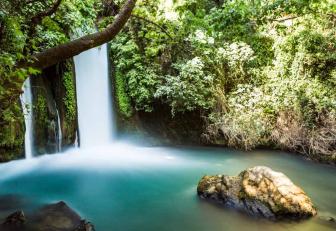
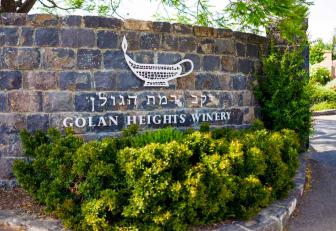


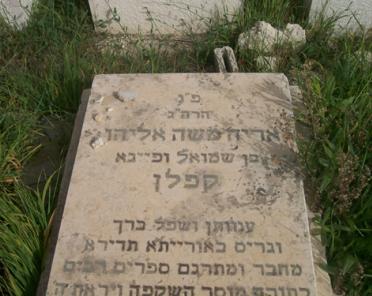
![[field_location_images_-alt]](/sites/default/files/styles/nearby_grid__372x296_/public/IMG_5365%20copy.jpg)
![[field_location_images_-alt]](/sites/default/files/styles/nearby_grid__372x296_/public/kallos.jpg)
![[field_location_images_-alt]](/sites/default/files/styles/nearby_grid__372x296_/public/Shawarma.jpg)
![[field_location_images_-alt]](/sites/default/files/styles/nearby_grid__372x296_/public/IMG_4999.jpg)

![[field_location_images_-alt]](/sites/default/files/styles/nearby_grid__372x296_/public/4899.jpg)
![[field_location_images_-alt]](/sites/default/files/styles/nearby_grid__372x296_/public/IMG_5066%20copy.jpg)
![[field_location_images_-alt]](/sites/default/files/styles/nearby_grid__372x296_/public/aricha-sabich.jpg)
